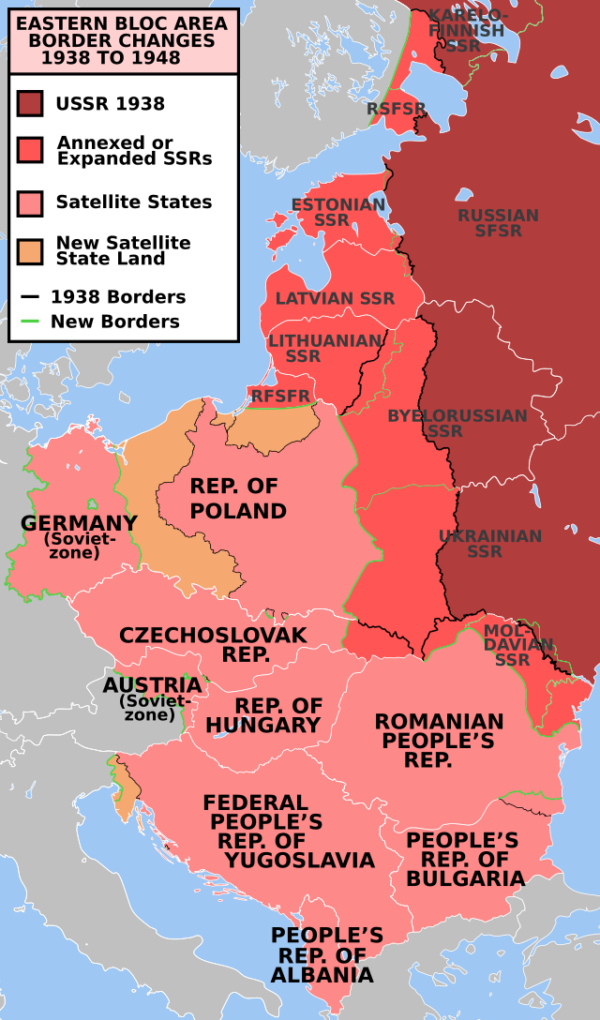On October 8, 1939, just weeks after the invasion of Poland, Nazi Germany officially annexed large portions of the country, marking a significant moment in the early stages of World War II. This act followed the German invasion of Poland on September 1, 1939, which had sparked the war after years of growing tensions in Europe. The swift and brutal invasion was coordinated with the Soviet Union, which attacked Poland from the east on September 17, 1939, in accordance with the secret terms of the Molotov-Ribbentrop Pact, a non-aggression agreement between Nazi Germany and the Soviet Union. By the end of September, Poland had been effectively divided between the two powers, with Nazi Germany seizing the western regions and the Soviet Union taking control of the eastern parts.
The annexation on October 8 was part of Adolf Hitler’s larger plan to expand German territory and create what he called “Lebensraum,” or living space, for the German people. Hitler viewed Poland as a land to be conquered and colonized, its people either exterminated or enslaved to make way for German settlers. The western regions of Poland, which were annexed by Germany, included significant areas such as the Polish Corridor, Greater Poland, and Upper Silesia. These territories were absorbed directly into the Third Reich, while the central part of Poland was turned into the so-called General Government, a colonial-style administrative zone under Nazi control but not fully annexed.
The annexation was marked by immediate and brutal policies of repression and Germanization. Poles and Jews living in the annexed areas faced harsh treatment from the Nazi occupiers. Polish elites, intellectuals, and leaders were targeted for execution or imprisonment in an effort to decapitate any potential for organized resistance. The Nazis initiated mass expulsions of Polish families from their homes, forcing them to resettle in the General Government or further east. At the same time, German settlers, often ethnic Germans from other parts of Europe, were brought in to replace the displaced Polish population. These actions were part of the broader Nazi racial ideology that sought to establish a “pure” Germanic state by eliminating non-German populations from newly conquered territories.
In addition to the mass expulsions and killings, the Nazis implemented a strict policy of cultural repression in the annexed regions. Polish schools, universities, and cultural institutions were closed or tightly controlled, and the use of the Polish language was banned in many public spaces. The goal was to erase Polish identity and replace it with a German one, ensuring that these regions would become indistinguishably part of the German Reich. This policy extended to the church, where Catholic leaders who were viewed as potential sources of resistance were arrested or executed. Religious practices were often suppressed as part of the broader effort to Germanize the region.
The annexation of Poland by Nazi Germany on October 8, 1939, was also significant in its geopolitical implications. It demonstrated the brutal efficiency of the Nazi war machine and their disregard for international law or the sovereignty of neighboring nations. The German invasion of Poland, coupled with the Soviet invasion from the east, effectively erased Poland from the map of Europe, a country that had only regained its independence in 1918 after more than a century of partitions by Prussia, Russia, and Austria. The annexation of western Poland was intended to be permanent, a key part of Hitler’s vision for a “Greater Germany.”
Despite the formal annexation, resistance in Poland did not end. A robust Polish underground resistance movement began organizing almost immediately, carrying out acts of sabotage and collecting intelligence for the Allies throughout the war. The Polish government-in-exile, first established in France and later relocated to London, continued to represent Polish interests on the international stage and worked with the Allied powers to seek the eventual liberation of Poland from Nazi rule.
The annexation of Poland by Nazi Germany was a critical moment in the early years of World War II. It set the stage for the brutal occupation policies that would follow, including the Holocaust, which claimed the lives of millions of Polish Jews. It also highlighted the aggressive expansionist ambitions of Nazi Germany, which would soon bring much of Europe into the devastating conflict of the Second World War. The annexation, coupled with the atrocities that followed, left a deep scar on Poland and shaped the history of the region for decades to come.






